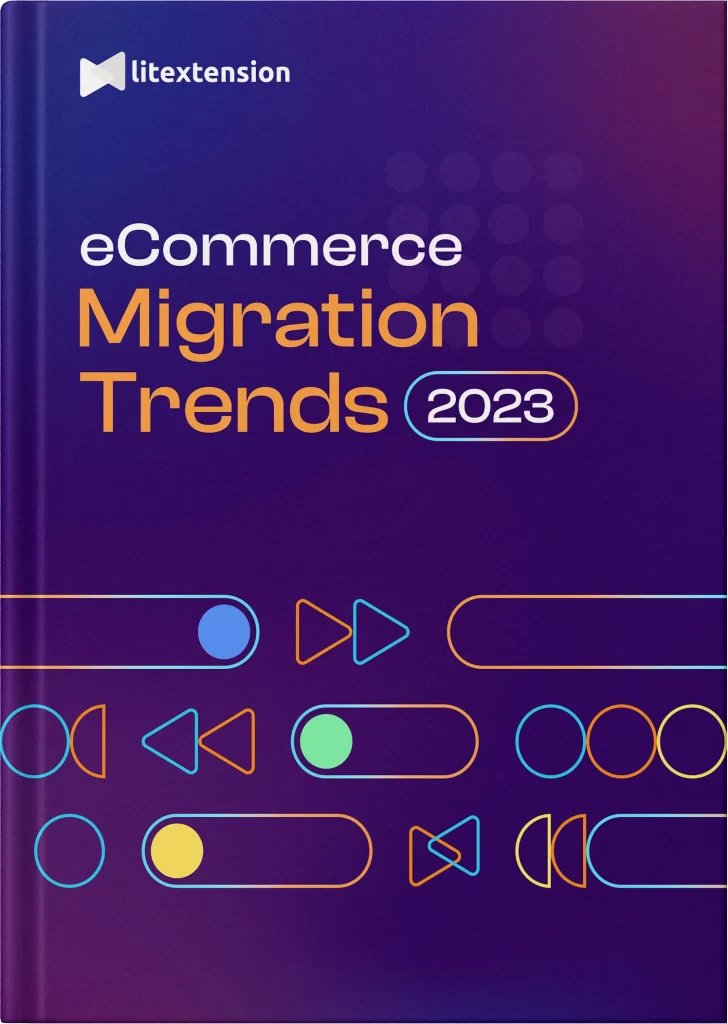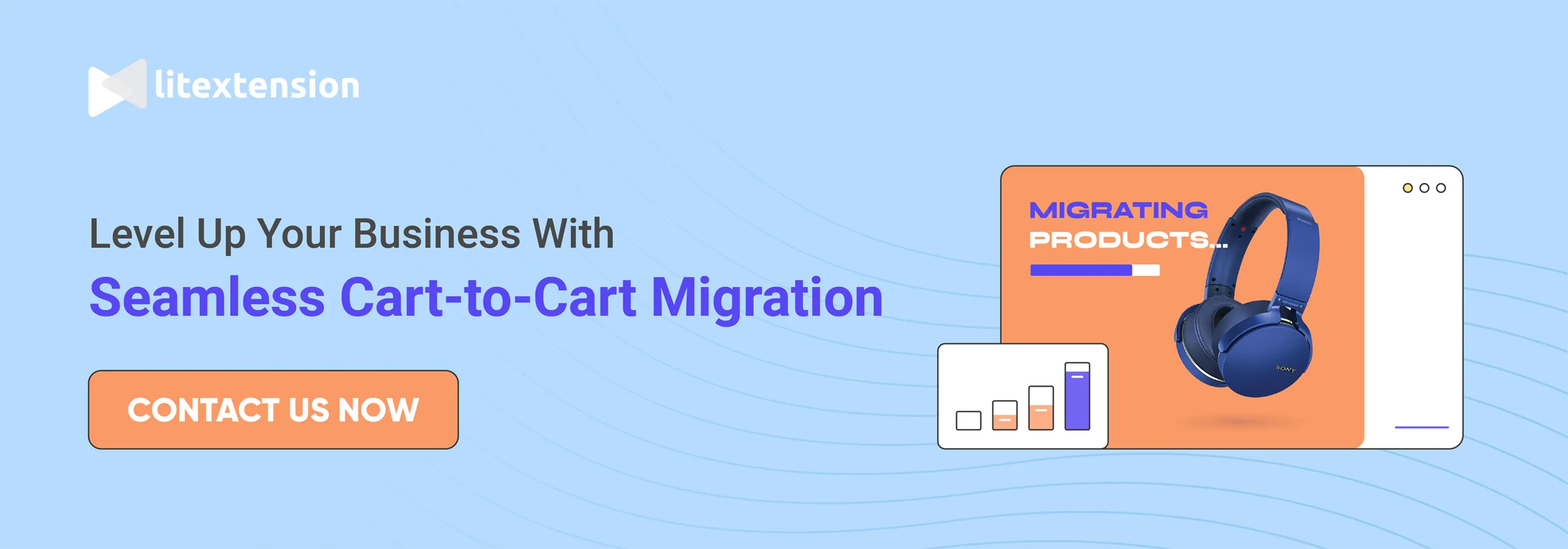Staying ahead in the eCommerce game is crucial to any online business. Hence, exploring the upcoming eCommerce migration trend will help digital agencies and other eCommerce enthusiasts gain insights into the preferences of e-merchants around the world.
In this blog post, LitExtension – #1 Shopping Cart Migration Expert will dive into the eCommerce migration trend based on our in-house database retrieved in the first 6 months of 2023. Here are the key points:
- Notable eCommerce data migration trend in 2023
- Common issues during the migration
- How LitExtension tackles these problems
So, what are you waiting for? Let’s get started!
Catch Up with The Latest eCommerce Migration Trends
Shedding lights on e-merchants’ specific needs when migrating to another eCommerce platform.
Outstanding 2023 eCommerce Migration Trends You Need To Watch
As we step into 2023, the eCommerce landscape is poised for remarkable transformations. In this briefing, we delve into the outstanding eCommerce migration trends shaping the year ahead based on retrieved data from the first half of 2023.
1. Most favorite eCommerce platform type: Hosted vs OpenSource?
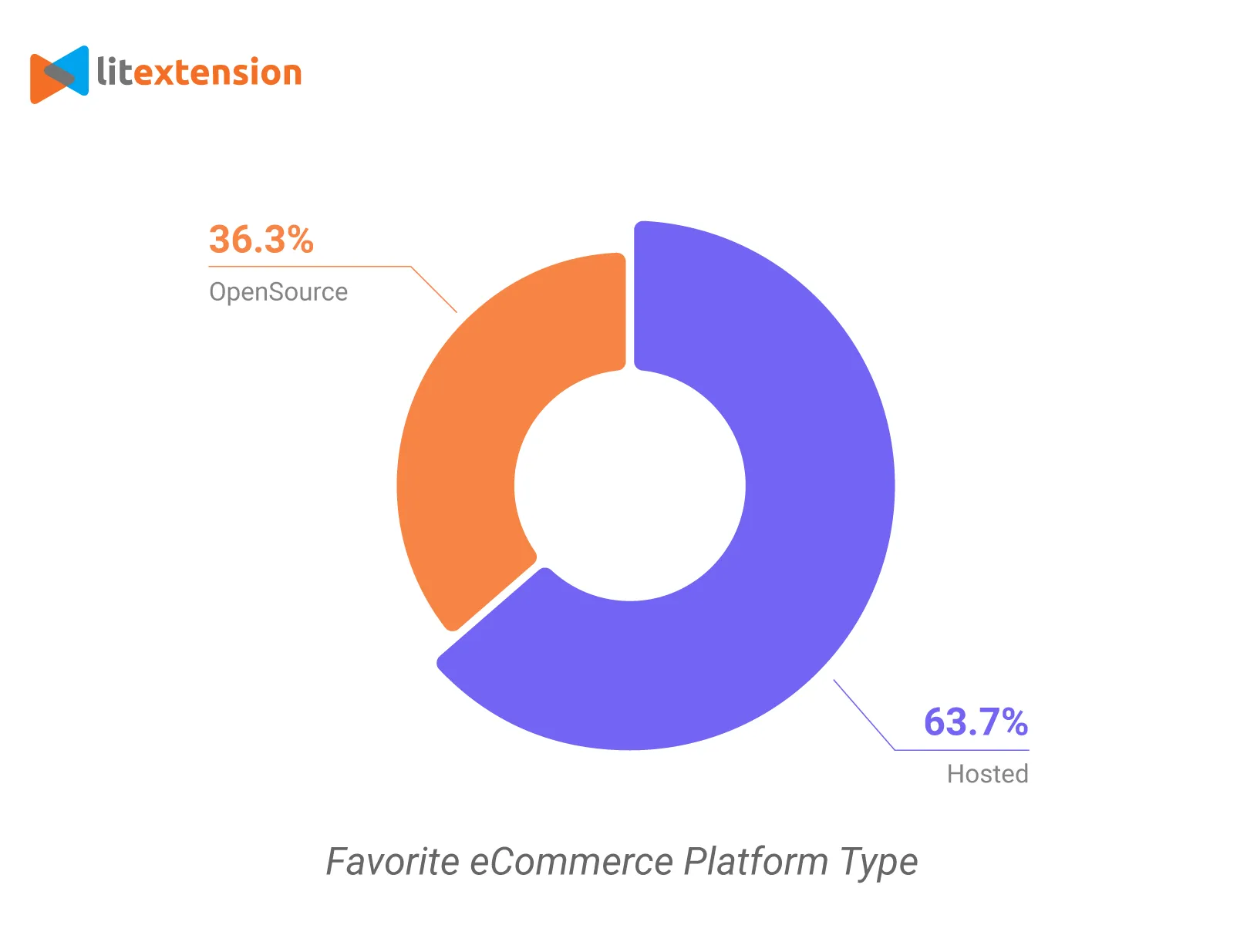
The data demonstrates a prevailing preference for hosted platforms, accounting for 63.7% of migrated stores in the first six months of 2023. It can be attributed to their ease of use, low barriers to entry, and robust maintenance and support.
At the same time, open-source platforms remain a viable choice, especially for those seeking customization, cost-efficiency, and community-driven support. This is proven by the amount of 36.3% eCommerce stores still decided to go for this solution type.
It is essential to note that the choice between hosted and open-source platforms depends on individual or organizational requirements, technical proficiency, and budget constraints. Thus, understanding the pros and cons of both platform types is still a more ideal option for digital agencies.
Continue reading on the differences between open-source vs hosted eCommerce platforms.
2. Most migrated-from platforms

WooCommerce emerges as the platform experiencing the highest eCommerce store migration rate. Compared to our eCommerce migration trend report in the same period in 2022, the percentage of stores moving away from WooCommerce increased significantly in 2023, from 19% to 28%. This can be caused by various factors, including evolving business strategies or the desire for enhanced features.
Following closely, Magento experiences an eCommerce platform migration rate of 17.1%, suggesting that a considerable portion of its user base seeks alternatives for its online storefronts. Meanwhile, Shopify, one of the powerhouses, sees 13.8% of its stores migrating away (with 5% of merchants upgrading to Shopify Plus).
The rest of our customers decided to move from platforms such as PrestaShop (9.6%), BigCommerce (7.5%), and others. Overall, these eCommerce migration trend rates highlight the competitive nature this field, where businesses continually assess and adapt their online platforms to meet their specific needs and achieve their goals.
Identify the pros and cons of each eCommerce platform via our blog posts:
3. Most migrated-to platforms

With the eCommerce migration trend on most migrated-to platforms, there was not much change in the two recent years.
Notably, Shopify stands out as the most popular choice, attracting 56% of stores migrating to this destination. In other words, more people are moving to this platform to gain access to its user-friendly interface, rich app ecosystem, and adaptability.
In the 2nd place, we can see that WooCommerce captures the attention of 19.7% of stores undergoing migration. Magento follows with 11.1% of migrating stores, securing the third spot. This figure indicates that while these may not be the top choice, they still remain a solid option for businesses who want more customizing ability.
Moving on, other potential platforms that many store owners have chosen include BigCommerce, PrestaShop, and OpenCart, with a percentage of 7.3%, 2.7%, and 2.0%, respectively.
Shopify seems to be at the head of the game according to our eCommerce migration trend report. See how different it is compared to other platforms:
4. Top-picked migration pair
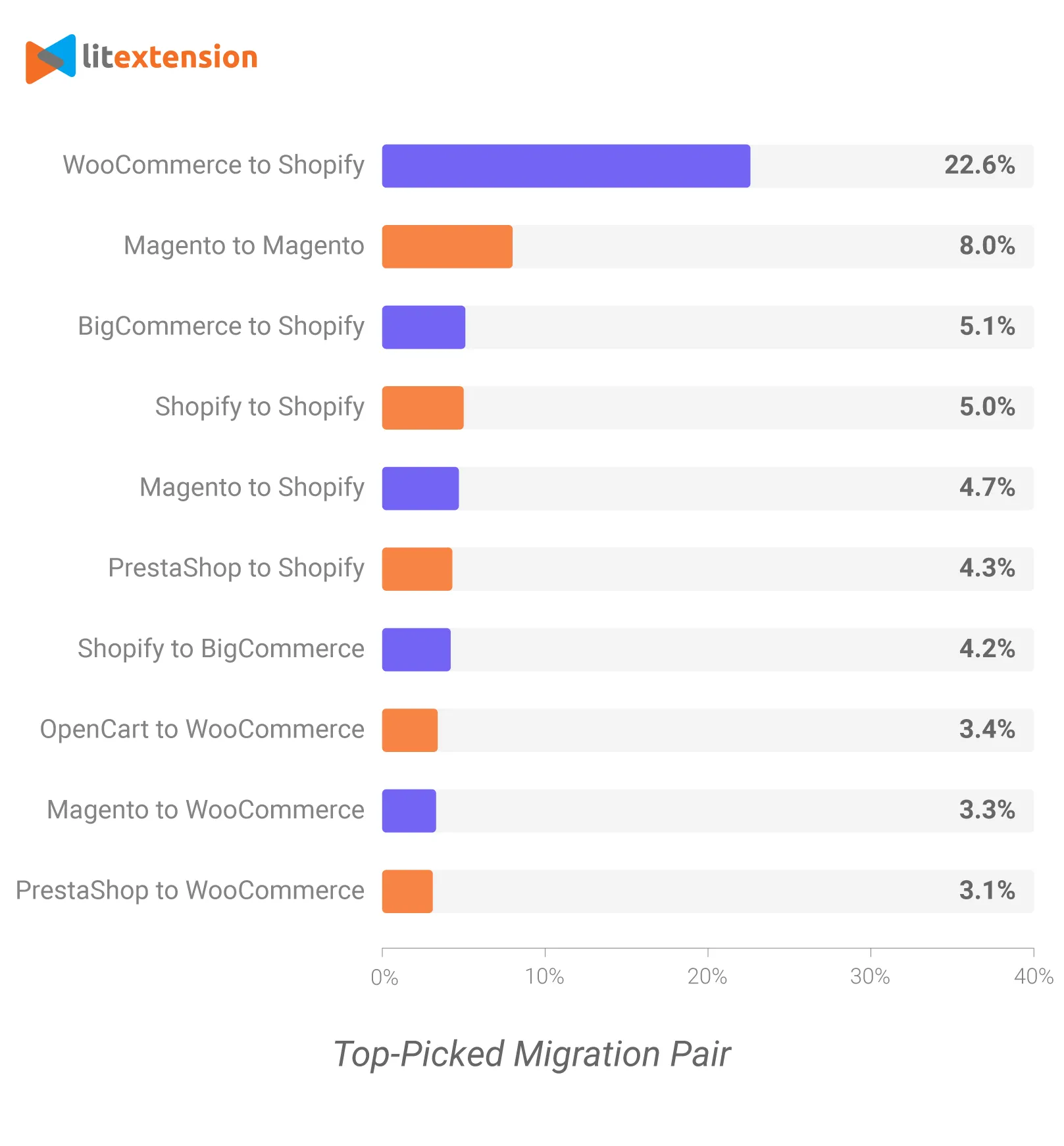
By looking at the bar chart, you can quickly notice the dominance of WooCommerce to Shopify migration pair. With the percentage accounting at 22.6%, it illustrates the preference among businesses for eCommerce solutions that deliver easy-to-use interfaces and features. Additionally, this explains the substantial moving rate to hosted platforms rather than open-source ones mentioned earlier.
The eCommerce migration trend from Magento to Magento accounts for 8.0% of the pairs. This suggests that some Magento users may be satisfied with the platform’s features and performance, choosing to upgrade or reconfigure their existing Magento setup rather than seeking alternatives.
Furthermore, the data reflects migration pairs involving Shopify featuring prominently. For instance, the migration from BigCommerce to Shopify (5.1%), and upgrades within the Shopify platform itself (Shopify to Shopify – 5.0%).
How to perform these migration pairs with LitExtension? We’ve got your back:
5. Migration Global Demographic
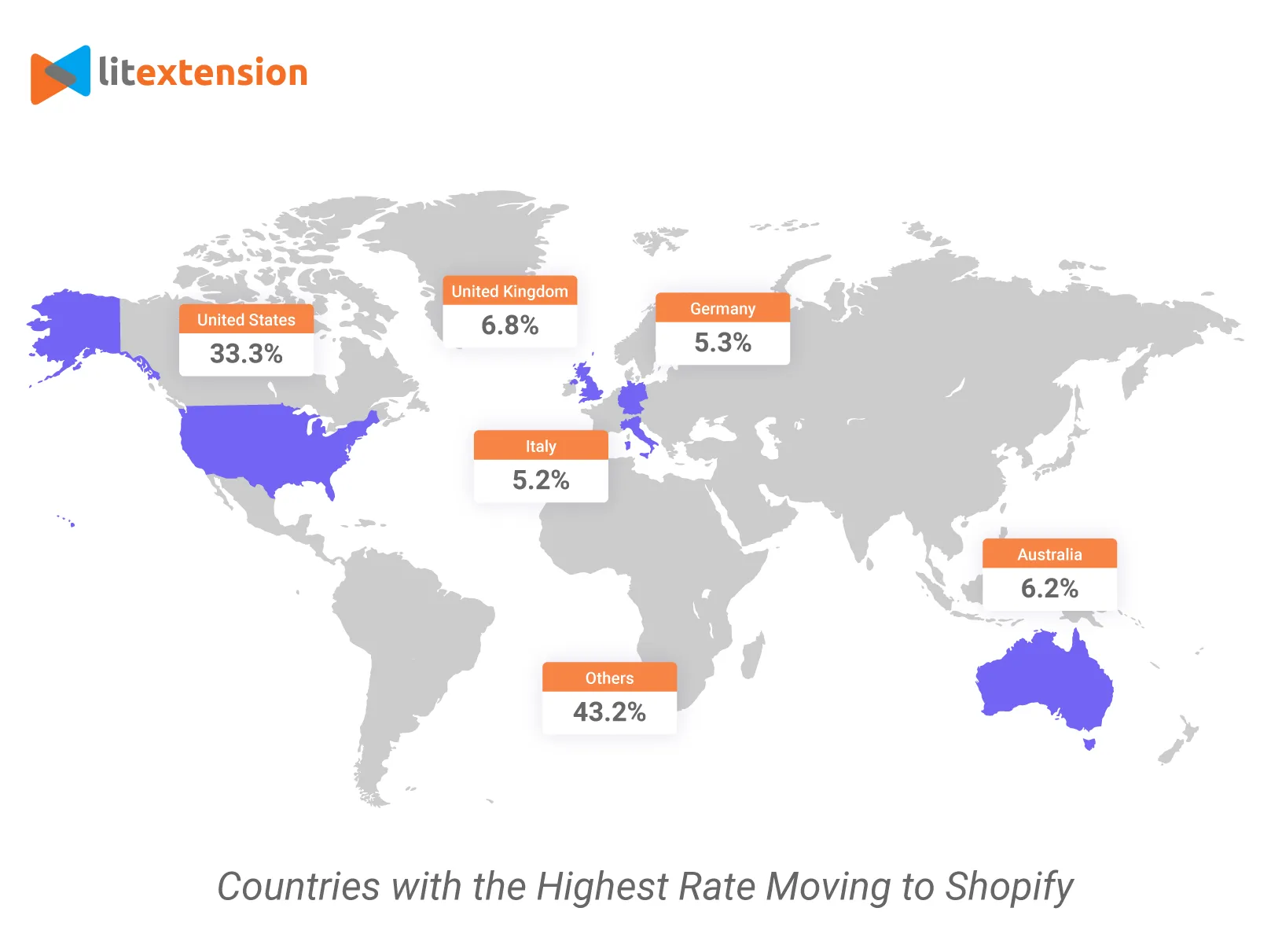
Last but not least, we will look at the eCommerce migration trend rate worldwide, whereas the data is acquired from LitExtension customers’ insight.
As you can see from the world map above, the amount of migrating stores coming from the United States takes up one-third of the total data. Accordingly, merely 70% of the store owners decided to move their store to Shopify. This adds to the popularity of Shopify once again.
European countries are also in favor of migrating to Shopify for more advanced features. The same trend applies to Asian nations, too.
What Are Common Customer Concerns While Migrating?
During our extensive experience serving over 150,000 customers worldwide, LitExtension has observed that migrating to new eCommerce platforms often raises numerous concerns among clients.
Besides the eCommerce migration trend, we will outline these concerns and offer guidance to ensure a seamless transition to new eCommerce platforms.
1. Data security and integrity
Data is the bloodline of every online business, and ensuring its safety and integrity during migration is paramount. The fear of potential data breaches or loss is usually the top concern that our customers discuss before running the migration.
Thus, choosing an eCommerce website migration service provider or developer with a strong commitment to data security, including encryption protocols and data validation processes, is more than important.
2. Website downtime
A website serves as the digital storefront for most businesses, and any downtime can impact customer experience and revenue. For instance, some cases will require activating the maintenance mode. As a result, your customers will not be able to access your website and make purchases.

It’s no surprise that many of our previous customers are rightfully concerned about website unavailability during migration.
3. Platform compatibility
Normally, the store owners have invested their time and resources to develop the best website possible with the necessary functionalities on the old platform. Hence, no one wants to lose their “work of art” because of the migration.
For this reason, finding a service provider that guarantees the highest level of platform compatibility plays a more than vital role. In other words, they need to gain a deep knowledge of both old and new platforms. Only in this way can you ensure that the migration has zero effect on your customers’ website and shopping experience. Otherwise, it may cost even more just to fix the arising eCommerce migration issues.
4. Costs and delivery time
Budgeting and timeline management are critical for any migration project. No one wants to pay extra money for the hidden costs. Plus, they expect the data migration process to be as soon as possible.

By saying this, we highly recommend discussing potential extra expenses with the chosen migration service provider upfront and seeking detailed quotes to avoid any budgetary surprises. Also, going for services that are clear about pricing and delivery time should be prioritized.
5. Customer support
When working with our customers, a handful number of them have the tendency to seek responsive, accessible, and effective support to navigate any challenges that may arise.
Consider establishing a dedicated point of contact with the migration team, giving you direct access to support when needed. Regular progress updates and status reports can also help keep your customers informed and assured that the migration is proceeding smoothly.
Why LitExtension Is the Go-to Solution for eCommerce Platform Migration?
If you are a digital agency or eCommerce enthusiast seeking an effective eCommerce migration solution, LitExtension – #1 Shopping Cart Migration Expert is the answer. Keep reading to find out why we said so!
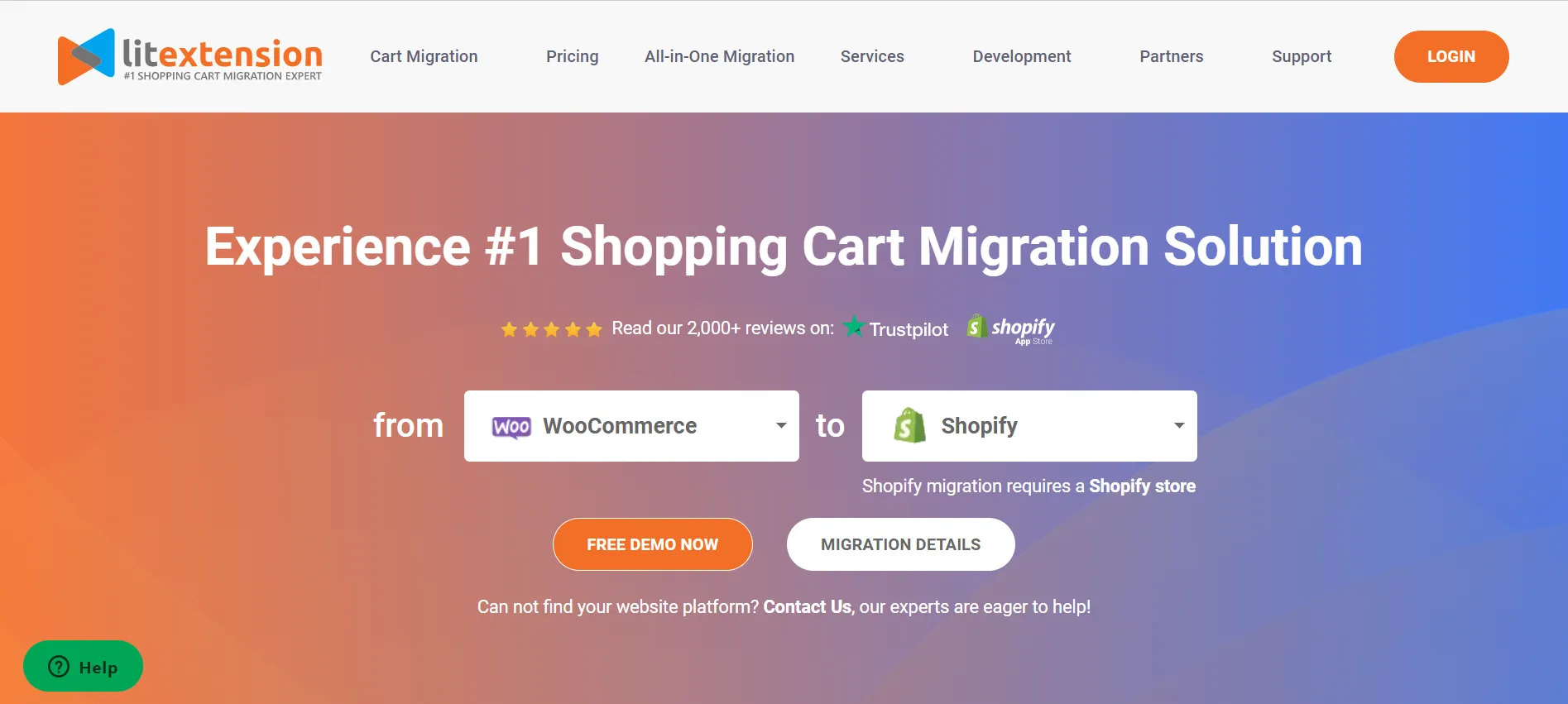
1. Guarantees the highest level of data accuracy and security
You can rest assured that LitExtension provides you with the utmost database security assurance and the highest level of care. We employ a comprehensive set of website migration best practices, technologies, and policies that guarantee the protection of your data at every stage of its life cycle, including:
- Server Security
- Data Security
- Data Access Security
- GDPR compliance
- Non-Disclosure Agreement
- Payment Security
Additionally, with over a decade of experience in the eCommerce industry, we’ve honed our expertise across a vast spectrum of platforms, gaining in-depth knowledge of 140+ platforms.
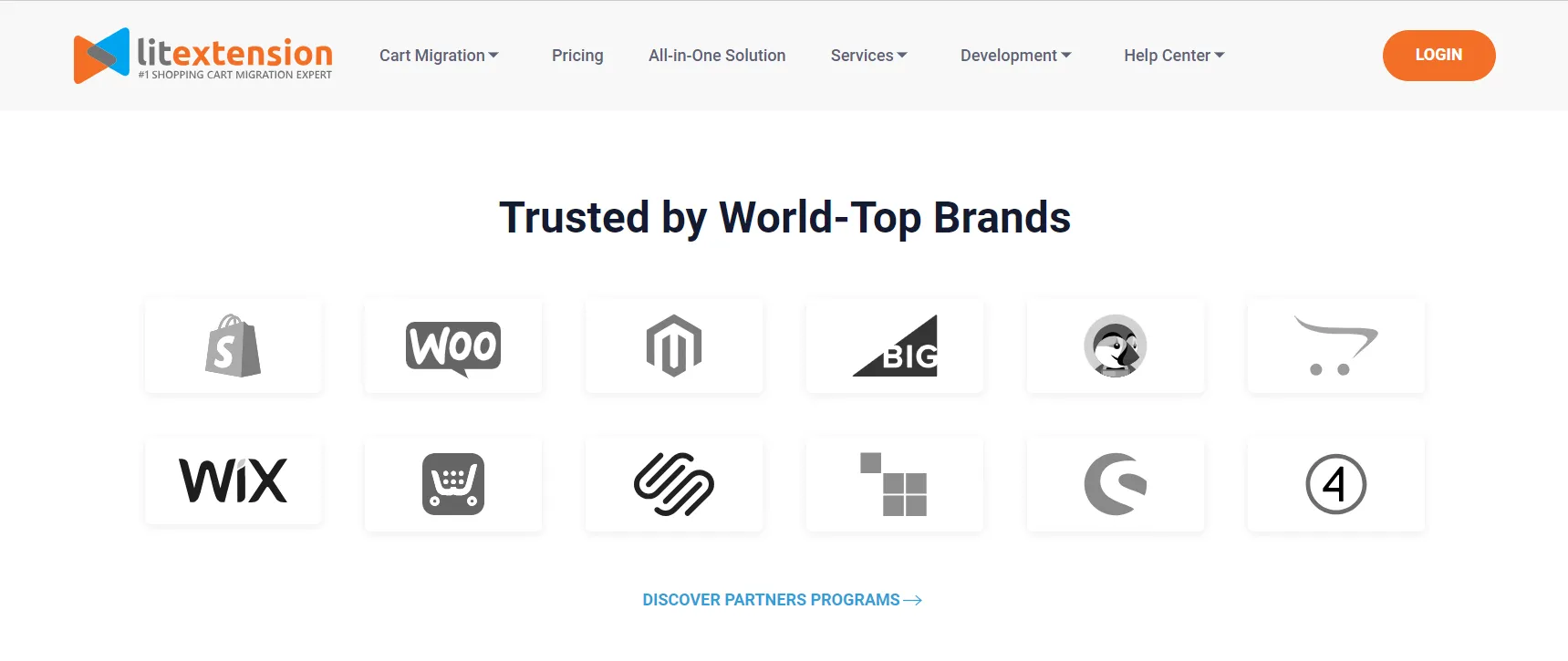
Our commitment to precision and security guarantees that your transition to a new platform is not only smooth but also shielded against any potential data loss or compromise. With LitExtension, you can confidently embark on your eCommerce journey, knowing that you are doing the right thing.
2. Ensures a transparent working process
At LitExtension, we are dedicated to fostering transparency and reliability throughout the website migration journey. We demonstrate our commitment by consistently adhering to project deadlines, recognizing that timely completion is pivotal to a successful migration.
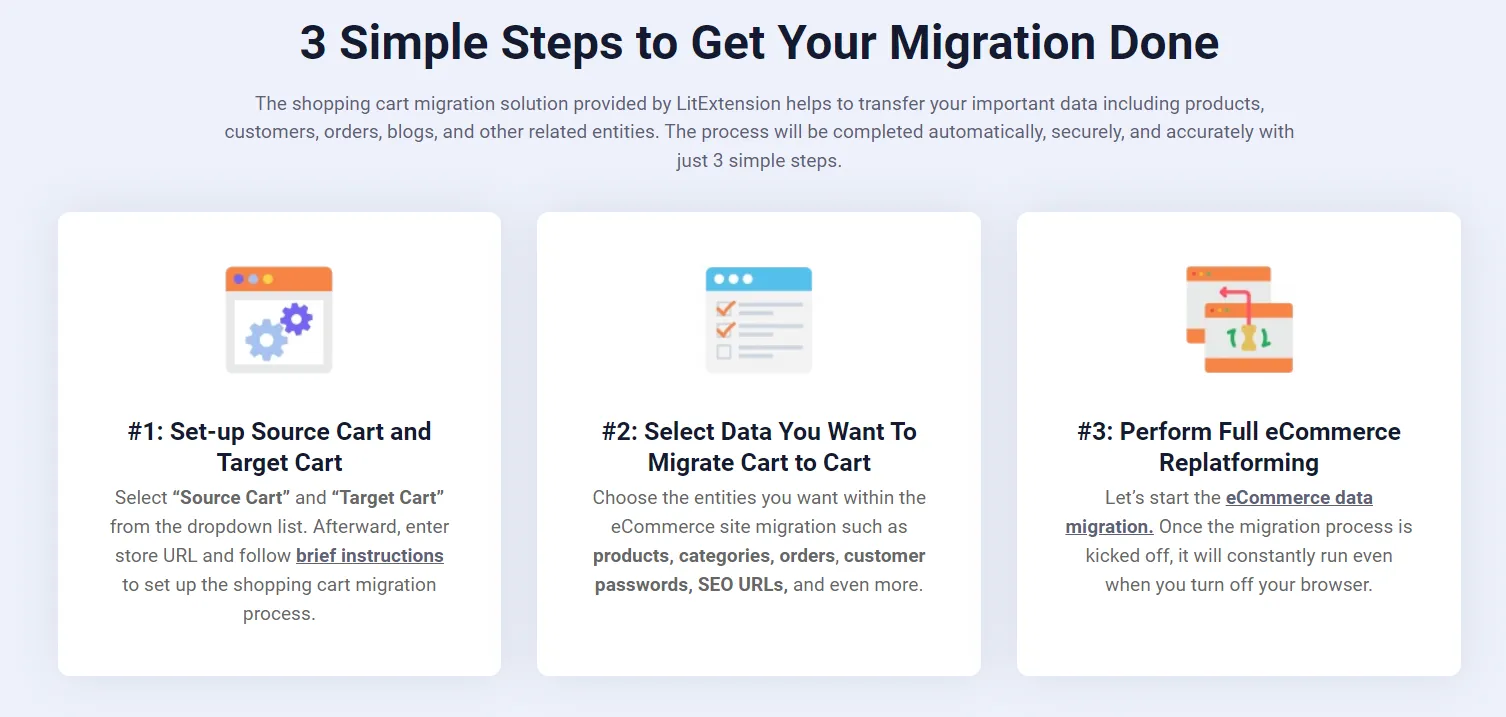
Furthermore, we understand the vital importance of website continuity during this process. We will maintain your website’s live status, ensuring uninterrupted access for your customers as we work diligently in the background while moving data to the new platform.
To help you update the database with the newly incurred data during the migration, LitExtension offers the following post-migration services. These are all FREE of charge for the first three months after your full migration, with a data limit of 10% of the entire database:
- Recent Data Migration facilitates the import of all recently generated entities into your new platform.
- Smart Update keeps your modifications to old store data up to date, including any newly created entities.
- Re-migration allows you to conduct a complete data migration one more time.
Take a look at this video on how our Recent Data Migration service runs for more details:
3. Delivers round-the-clock customer support
LitExtension is committed to providing you with unwavering support throughout the transferring data process. Our dedicated customer service team tries their best to deliver round-the-clock answers to your questions, available via email, live chat, comprehensive migration guides, and informative video tutorials.

For those who opt for our All-in-One Migration package, your project will be taken care of by a Personal Assistant (PA). They will serve as your primary point of contact, informing you about every step of the migration process. This personalized approach ensures that you are always in the loop, addressing any concerns or queries you may have promptly.
Check out how the Basic Migration Package differs from the All-in-One option in the video below:
As you can see, with LitExtension, you not only gain access to a wealth of resources but also the assurance of a dedicated expert by your side, making your migration experience smooth, transparent, and worry-free.
4. Offers transparent and reasonable pricing with no hidden cost
LitExtension offers 2 distinct packages tailored to your specific migration needs:
- Basic Migration Package: starts from $79.
- All-in-One Migration Package: starts from $139.
Besides, with each migration pair, we include a calculator to estimate the pricing for your project depending on the amount of re-platforming data. We also clarify the Additional Options’s pricing, which will range from $19 – $39. Thus, you can be certain that no extra fees are charged before activating the Full Migration.
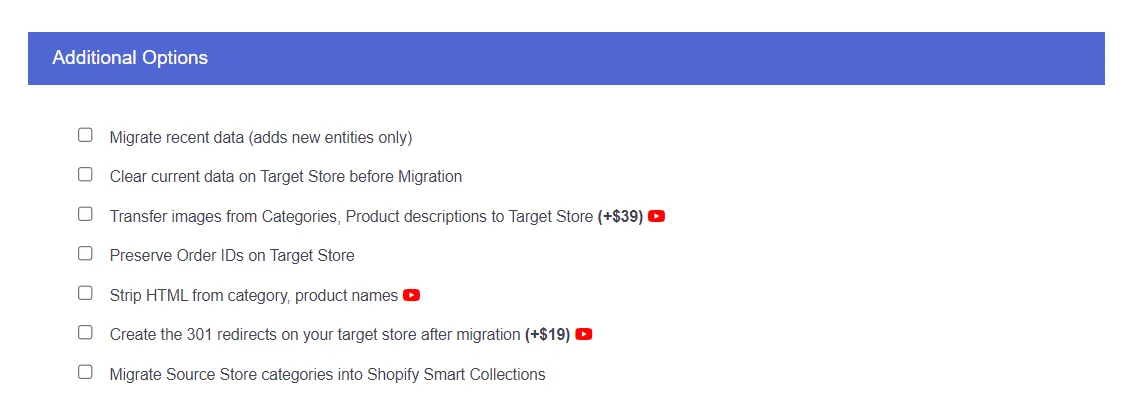
To make sure you have the most fulfilling migration experience, we do have a 30-day Money Back guarantee. For more information, please refer to our Terms and Conditions here.
eCommerce Migration Trend: FAQs
[sp_easyaccordion id=”65172″]
Conclusion
Hopefully, our blog post today has shed some light on the eCommerce migration trend based on the data in the first half of 2023. In summary, Shopify retains its position as the leading eCommerce platform, followed by WooCommerce, Magento, and BigCommerce.
This reflects a growing need for adaptable and efficient eCommerce solutions in a competitive digital marketplace. More online merchants are migrating to platforms that offer robust features and enhanced user experience.
Find more eCommerce information in our LitExtension Blog or join our Facebook Community group.
LitExtension’s most popular migration service you might be interested in:
